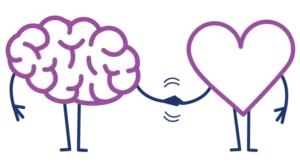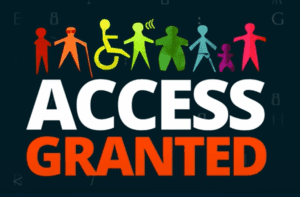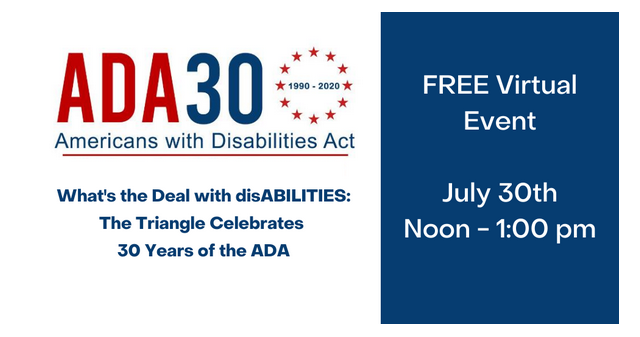By John Samuel
On July 26, we celebrate the 30th Anniversary of the Americans with Disabilities Act (ADA), a landmark bill that President George H. W. Bush passed to open up all aspects of American life to individuals with disabilities – this included employment.

It’s hard to believe that just thirty years ago, employers were legally allowed to refuse to hire a person because of their disability, or even pay people with disabilities less than those without for doing the same work!
It’s these types of drastic changes the ADA has made that causes many of us to forget that the bill was not only signed to benefit individuals with disabilities, but also the business community. President Bush made this very clear when he said, “You’ve called for new sources of workers. Well, many of our fellow citizens with disabilities are unemployed. They want to work and they can work and this is a tremendous pool of people. And remember, this is a tremendous pool of people who will bring to jobs diversity, loyalty, proven low turnover rate, and only one request: the chance to prove themselves.”
The request to “prove themselves” resonates with me on multiple levels. As a person who is blind, it’s all I’ve ever wanted when I was looking for a job; and as a business leader it’s a part of our team’s mission, and we want people that demonstrate that on our team. But after thirty years, millions of people’s request to prove themselves still goes unfulfilled.
The Bureau of Labor Statistics reported an unemployment rate of 7.3% among people with disabilities in 2019, which was a slight decrease from the 8% reported in 2018. People with disabilities are still twice as likely to be unemployed compared to those without a disability. Even more alarming is that 60% of people with disabilities are not in the labor market at all but are of working age, and not accounted for in the unemployment statistics. This shows us that we still have a way to go in changing attitudes.
In my own experience, I’ve learned that proximity builds empathy, and that’s why it’s important for people at all levels of an organization to get to know people with disabilities to remove the unconscious biases that may exist and change attitudes. Below are some ways companies can do this:
- Identify and change processes to be more inclusive of all people
- Educate team members to better understand and empathize with the challenges their colleagues with disabilities may face, and help remove the stigma of disability
- Create an open and safe environment that encourages people to self-identify as a person with a disability
My hope is that if companies and employers take these actions today, the business community will finally realize the benefits that the ADA was meant to have, and it will then truly open all aspects of life for people with disabilities.
President Bush said it right, “Together, we must remove the physical barriers we have created and the social barriers that we have accepted. For ours will never be a truly prosperous nation until all within it prosper.”
Let’s all come together, and Celebrate the ADA at the What’s the Deal with disABILITIES Conference from noon to 1 p.m. on July 30th. it will provide an opportunity to ask questions and gain a deeper understanding of what people of ALL abilities bring to the table.






